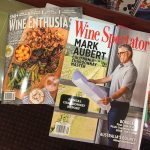News
Harvest 2024
It’s been a challenging, but rewarding harvest for Umbriaso. Never know with certainty the path a vintage will take after harvest, but feeling strong about the quality of this year’s fruit!
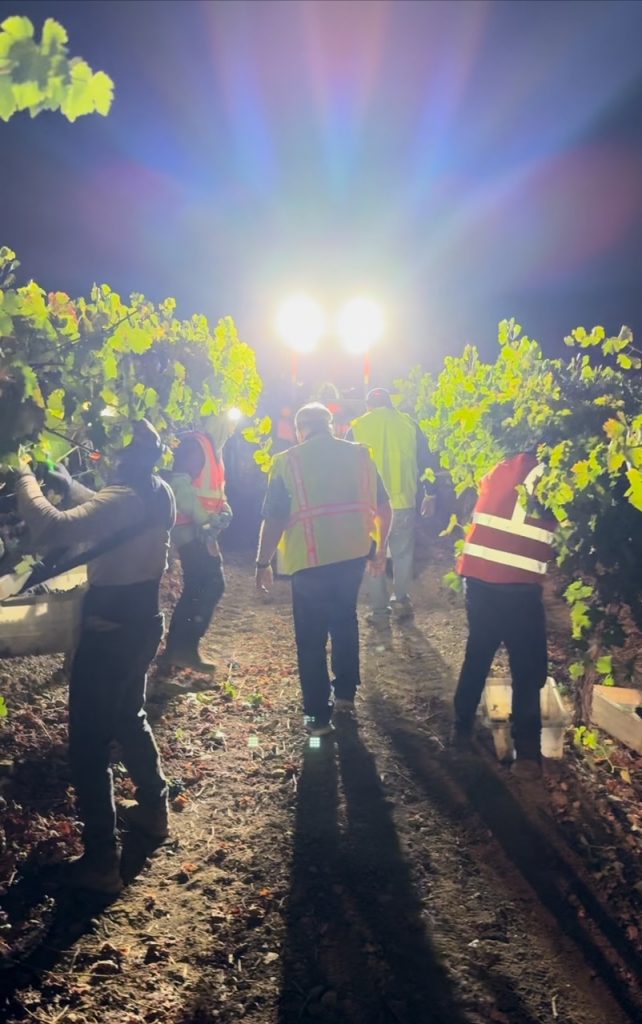
The WineSnob Review: 2017 Benchmark Tuscan Blend
(Published February 2022)
Tonight’s Occasion: 2017 Benchmark Tuscan Blend (Sonoma) by Umbriaso (@umbriaso), San Francisco, California
Deep dark (but clear) burgundy color. Out of the bottle this wine is recognizable with great sense of place – Sonoma. Subtle earth notes of damp woody forest floor and cherry cola. Not as pronounced as in more terroir driven varietals from this region such as Pinot Noir but unmistakable. I love this kind of fidelity. Crisp slightly ripe dark plum skins of the Syrah and a sweet citrus from the Sangiovese play second fiddle. Swirling unlocks hints of red vines licorice. A nice crisp, clean, beautiful aromatic nose.
Body is balanced from front to back. Fairly dry with great fruit characteristics. A slightly weighted mouth feel greets the palate immediately. Restrained plum and mild citrus acidity part immediately. One precipitating into thin crisp unobtrusive tannic structure, the other transitioning to light bright berries. The later quickly dissipates leaving behind a subtle cola as the tannic structure grows in intensity. This marks the transition to a finish dominated by a dry, fine grit tannic grip and the faintest hint of spice. Not a single trace of the body remains. Just my lips parched shut.
This wine shows great execution. Clean, crisp, delineated with a great sense of place. You don’t have to look very far to find a hidden gem. Mr Hayes has been pouring his art on Treasure Island for a while now. There’s a little Winemakers’ Co-operative out there I highly recommend you visit. It’s called Treasure Island Wines. On any given day you can find an Artisan quietly pouring wines crafted with an obsessive attention to detail. This my friends, is what wine really is about.
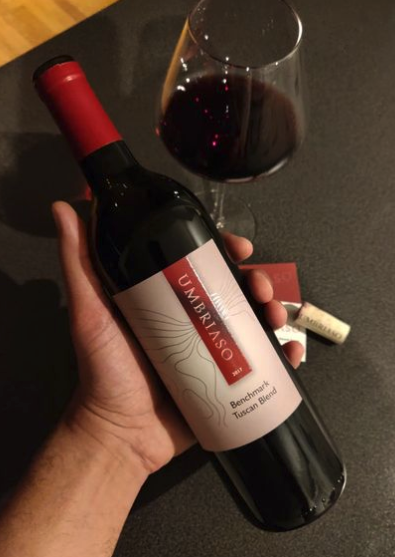
“This wine shows great execution. Clean, crisp, delineated with a great sense of place.”
Harvest 2021 Update:
The Path to a Red Vintage
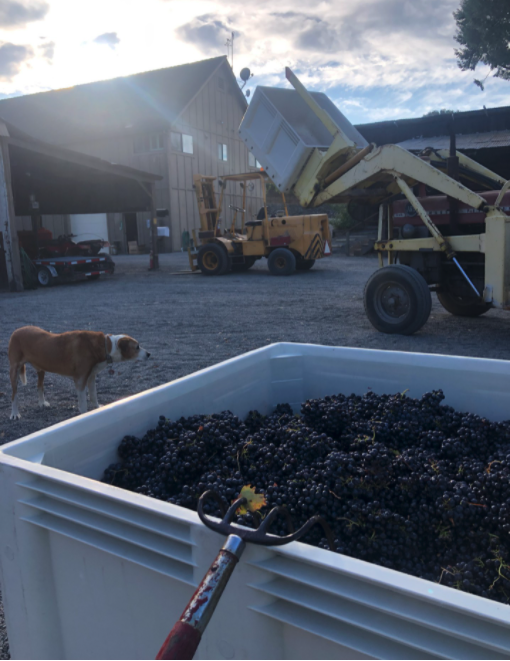
Dry Creek Valley Syrah Harvest – 8 September 2021
Bradford Mountain Vineyard Goes Organic
Two years ago, Wine Enthusiast Magazine designated Sonoma County the “Wine Region of the Year,” citing its “long history, resilience, commitment to diversity and global leadership in sustainability.”
The achievement was exclusive – no other wine-growing region in the world had a comparable sustainability program. And inclusive: nearly all of Sonoma’s 1,800 growers, many within its 17 AVAs, had passed third-party certification in watershed, pest management, and regenerative soil best practices.
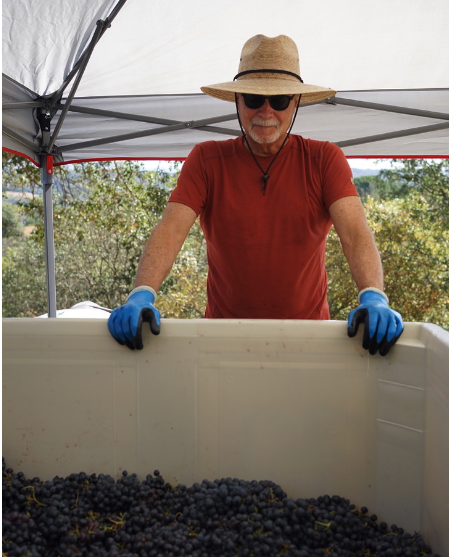
Bradford Mountain Harvest — 19 September 2021
Michael Inouye for Umbriaso
Harvest 2020 Update
The Most Calamitous Vintage Since Prohibition?
2020 was shaping up to be a vintage memorable for fine fruit in Dry Creek Valley. Growers enjoyed seasonable, sometimes glorious, weather from early spring through veraison. August brought heat spikes, but what set up so well in spring was looking to finish strong. Then, a preseason storm gathered historic force and spawned a hellish surprise: a dry electrical storm that swept desiccated California up and down like no other in living – or recorded – memory.
Nearly 11,000 lightning strikes hit the state in a three-day period. “Not even the Pacific Gas & Electric company, whose greed and folly sparked the deadly wildfires of 2017 and 2018, made for such a willful setter of fires,” observed (The Dreamt Land: Chasing Water and Dust Across California) author Mark Arax. The lightning lit 600 separate blazes that scorched more than three million acres – about 3 percent of California.
The Walbridge fire blazed over the eastern ridge of Bradford Mountain, forcing Umbriaso growers into exile for nearly two weeks as harvest loomed. Separately, on the Teldeschi bench in Dry Creek Valley, Umbriaso lost its Syrah and old vine Zinfandel.
As I write, the Glass Fire has erupted near St. Helena in Napa Valley and remains far from contained, destroying historic Silverado Road wineries and forcing over 80,000 people, including the city of Calistoga, to evacuate.
To help mitigate the human devastation and displacement from this year’s fires and pandemic, Umbriaso is donating $2.50 for every bottle sold (via our online store) through October to Corazón Healdsburg. The nonprofit helps low-income fire refugees and pandemic-affected residents living in northern Sonoma County from Windsor to Cloverdale.
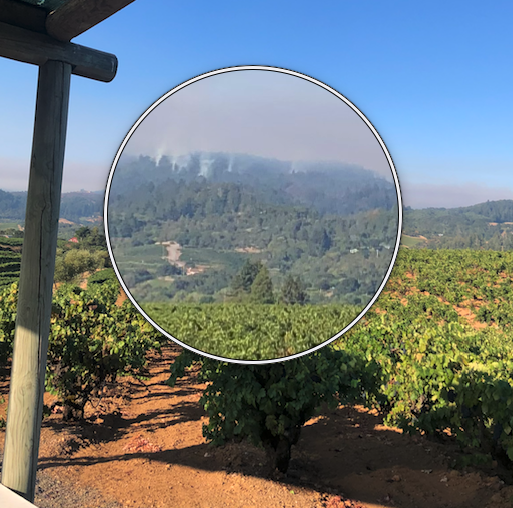
The Walbridge fire jumps the ridge on Bradford Mountain — 22 August 2020
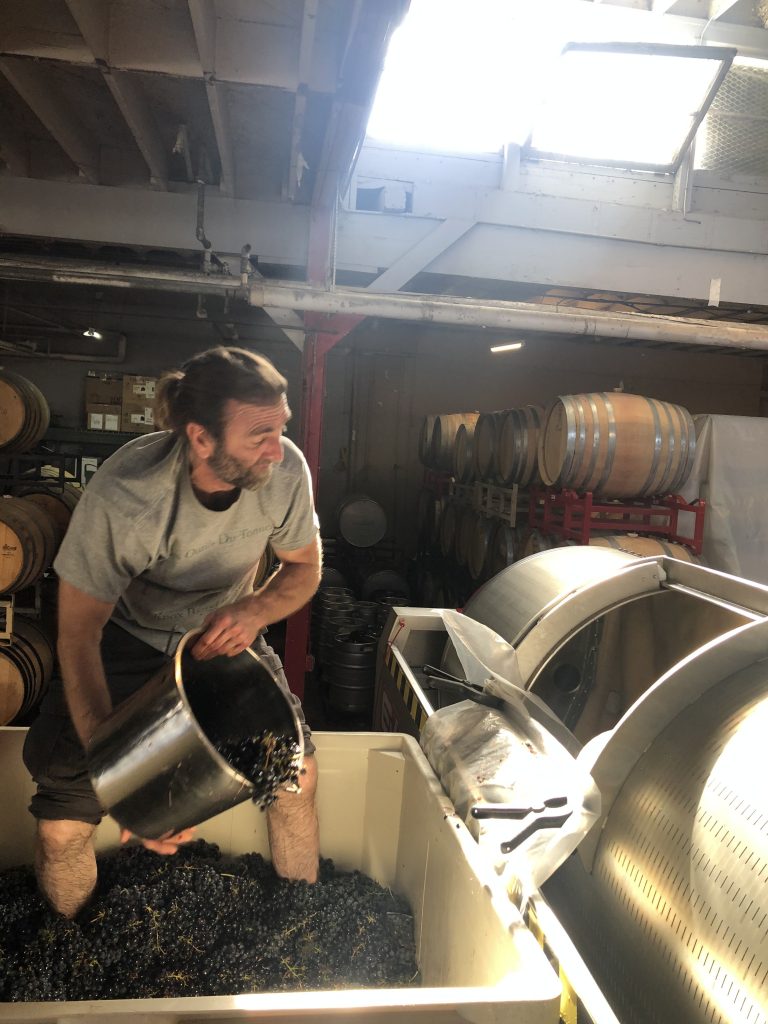
A Field Blend Rosé is Born
An Old World Style for Old Vine Zin
Four years ago, Eric Asimov identified a trend in California winemaking: Big Zin. Once a Zinfandel fan, the New York Times wine critic expressed his chagrin: “[t]he prevailing style of Zinfandel,” Asimov wrote, ‘seem[s] bigger and weightier, with alcohol levels climbing to overwhelming heights, 16 percent or more, and flavors often seeming jammy and baked.” Asimov continued: “I was headed in the other direction, more taken with subtle, nuanced wines that were made to complement food at the table rather than to impress with a sip.”
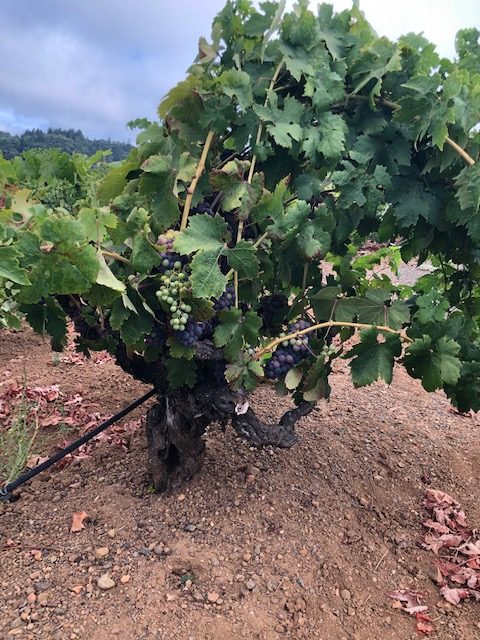
Pruning on Bradford Mountain
With a view to spring bud break, we pruned the vineyard that we source for our Bradford Mountain Field Blend. It’s a special place, not least because of the sublime blend of varietals – Zinfandel, Petite Syrah, Syrah, and Carignan – that grow and ripen together here.
Pruning is a vital and, properly executed, surgical procedure! Selecting the right date – a dry day with at least 3 rain-free days to follow – is as important as choosing (and cleaning) one’s tools: bypass (not anvil!) hand clippers, loppers, and a soil- and plant- friendly sealant to “paint” the cuts. We cut back to 4 buds on each spur to protect against a rogue frost that could claim the top buds. On a gorgeous Dry Creek Valley winter day, we pruned and painted every block in the vineyard in four hours. We returned six weeks later to prune back to the last two buds. Next up; suckering and training new cordons (the “arms” that sprout the spurs).
Bradford Mountain is where the story of Umbriaso began, and where I continue to learn much about cultivating wine and respecting terroir. This year marked my twelfth vintage on this hillside terroir; 8 years ago, I took over as harvest manager. That role just grew considerably: after the 2019 harvest, the grower agreed to take on Umbriaso to help manage the vineyard year-round. Together, we have embarked on a journey to invigorate the nearly 30-year old rootstock, boosting yield and sustainability.
Many of you have helped harvest this wonderful fruit, picking and blending “in the field” in time-honored Italian American fashion. To honor its outsized influence on Umbriaso in the early years and to this day, contour lines from a Bradford Mountain topo map underlay the Umbriaso logo.
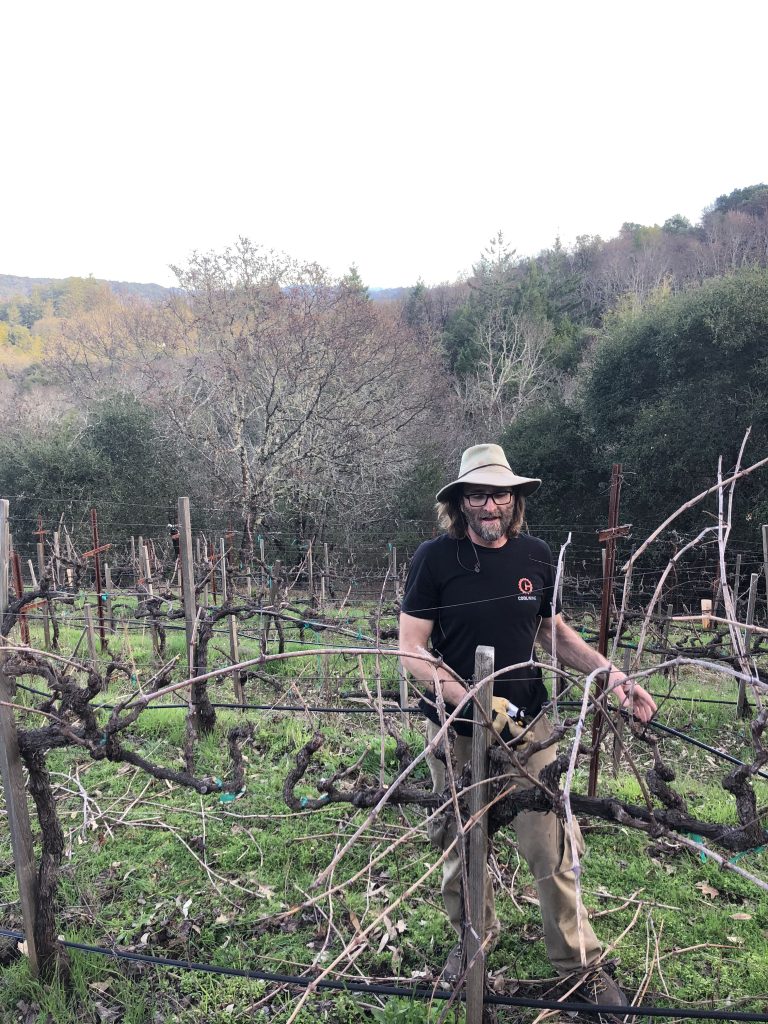
Harvest 2019!
Harvest has begun to cast its magic in Dry Creek Valley. There and elsewhere, near ideal late season weather has quickened 2019 harvest dates, which in early August we projected to arrive a bit later than last year. Why? Cooler temps delayed bud break and late spring rains interrupted pollination. But late August/early September temperatures have pulled our pick dates back into alignment with last year’s harvest calendar. Fruit is setting up nicely and all signs point to a quality vintage. Here is an homage to the 2019 vintage: a pre-harvest photo of a 120-year-old, head-trained Zinfandel vine ripening nicely – and a musical medley of last year’s Umbriaso harvest. Both look to the season ahead! |
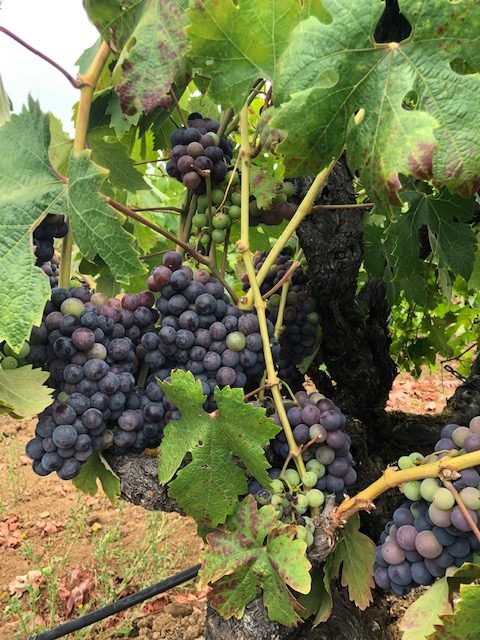
Veraison - A Vulnerable Splendor
Growers and winemakers welcome veraison each year with hope and anxiety. Veraison (yes, another French wine idiom) marks the “ripening” before harvest. As the hard green orbs mature and plump out, sugar rises, acid retreats, and August delivers a carousel of photo-ops – the multi-colored clusters that cue harvest time.
It’s the time of year when winemakers, with one eye on the weather forecast and another on our journals, walk the blocks, tasting grapes and taking sugar levels. Our mission: dialing in the ideal pick date.
In Farmer’s Almanac fashion, we compare veraison start dates to prior years to anticipate this year’s harvest. By that measure, the 2018 Sonoma harvest looks to be a week later than last year’s. Umbriaso grapes are setting up nicely and it shows!
Concerns, too, rise with the sugar: The grapes are no longer hard, herbaceous, and camouflaged. The sweetening transforms their chemistry, scent, taste, texture, and color to something softer; something that says “come hither” to a host of predators. And come they do, by land and air. The poachers range from the visible (insects, birds, deer, raccoons, wood rats) to the unseen (fungal and bacteriological blights). Vigilant growers know how to read, react, and prevent or deter many of these threats. But there is no defense against one that literally hangs in the air: wildfire smoke. With cruel timing, August is a peak month both for fire season and veraison.
Wildfires rarely burn vineyard rootstock. But ripening grapes are uniquely vulnerable to smoke, which can seep through skins and bond with sugars. Depending on the length and intensity of the exposure, smoke taint can occur. And it does not “out” during fermentation. In the bottle and glass, it can deliver a note that some call ‘ashtray.’
The 2017 Sonoma wildfires erupted after most grape had been picked. As I write (August 2018), the Mendocino Complex fires – north of Sonoma and Napa – are expected to burn through August. A chilling radar sequence shows a river of undulating smoke streaming east through the Central Valley and Amador County wine regions. We don’t yet know whether the smoke is affecting wine grape there: shifting wind patterns, elevation, and topologies are among the variables.
Umbriaso and its growers are cautiously optimistic about this year’s harvest, but alarmed about the new age of extreme climate-driven wildfires.
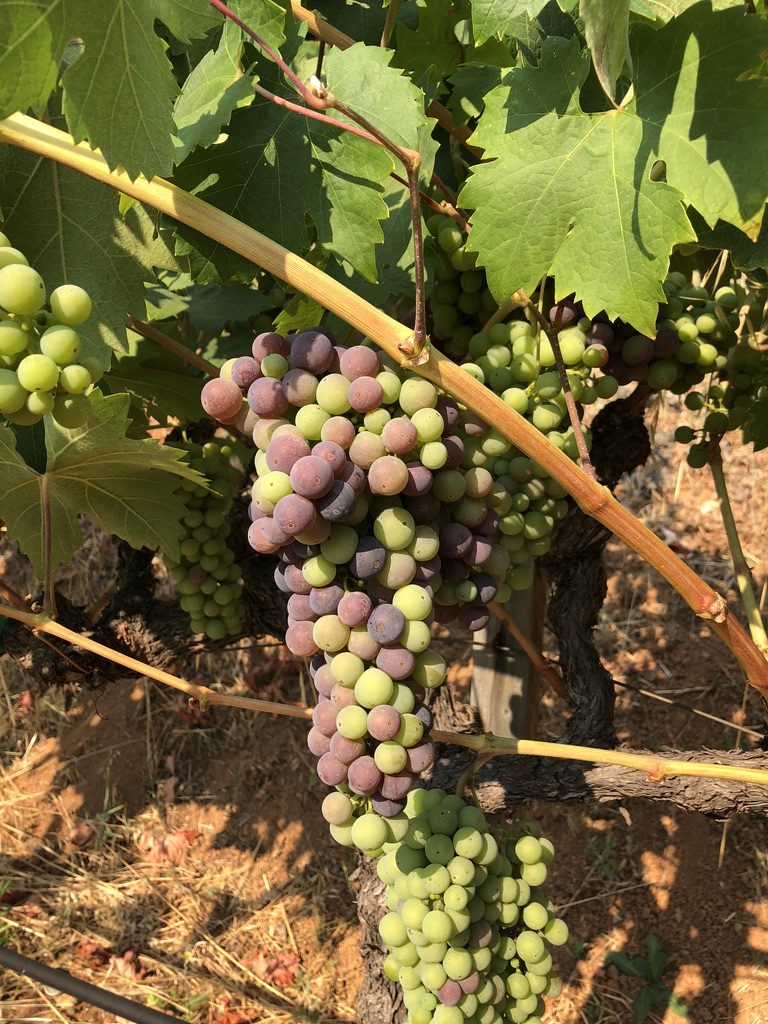
The Taster's Dilemma - Wine without Food?
Is a bottle of fine wine its own reward? Of course – but all by itself? You needn’t be a wine afficionado to know that your favorite glass of Pinot or Sangiovese or (name your fave) is even more sublime with the right dish. Call it gastro-oenology. Well, maybe not; there’s not much logikós to taste.
Or is there?
Experiencing a thoughtful match of wine and food, though utterly subjective, can be a shared validation. A winning choice can delight a surprisingly wide range of palates (including those belonging to people who might never agree on anything else).
Searching for food-wine couplings is one of the enduring pleasures of winemaking. At Umbriaso, it’s more than that; it informs the style of wine we craft and the food we serve at our release events. And it’s among the reasons we suggest concrete pairings with each Umbriaso release – not to impose our predilections, but to point you toward what we think may be promising culinary horizons.
Yet pairing food with wine has become controversial. Consider that the dominant wine rating systems – I think we all know them – rest on standalone tastings. That’s right – no food for these experts: just sip after sip with nary a chip. Defensible? Perhaps, if you have a certain number of wines to taste through and rate each day. It’s actually demanding work that requires a keen skill set and focus.
The rating systems, which began trending in the 1990’s, have had an undeniable impact on Old and New World winemaking. High ratings move product. Winemakers have taken note. And observers have noted an ensuing rise in alcohol levels or fruit- or oak-influenced wines – all the better to make yours stand out among the competition!
The ratings chase has transformed many a glass of 90+ point wine into something resembling a cocktail. I like cocktails. But with the exception of the odd Bloody Mary lingering its way into brunch, how many of us drink cocktails through dinner?
Winemakers know that accentuating alcohol, fruit, or oak may tweak ratings and boost sales. The results can be impressive, especially for those who love a Big Wine. Lamentably, this style just as often comes at the expense of the terroir the wine might otherwise express. And terroir-balanced wines are generally far more ready, willing, and able to pair with food and friends.
Much more to come right here on terroir – the soil, microclimate, pruning-for-yield philosophy, and more that, taken together, distinguish fine wines of comparable grape.
